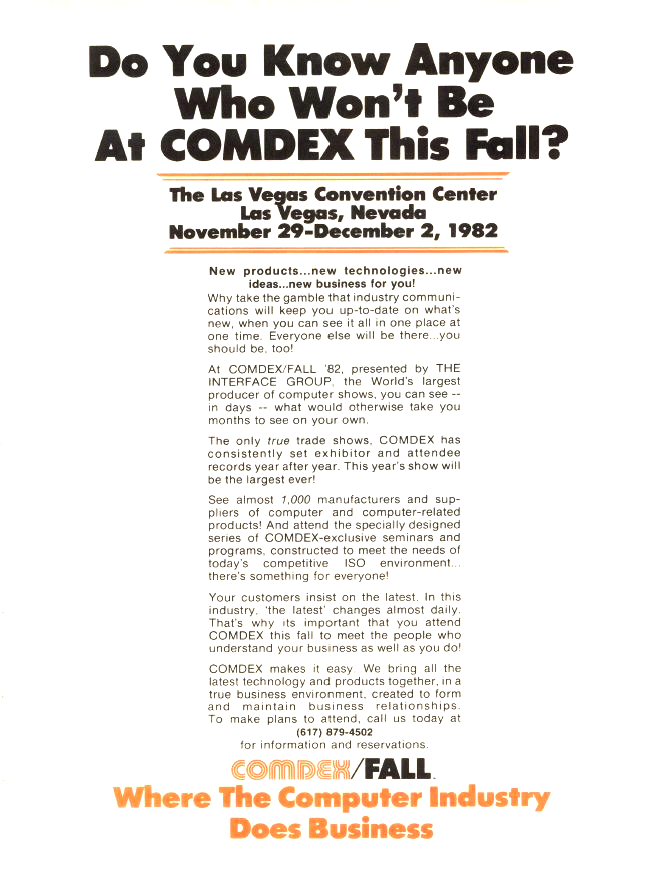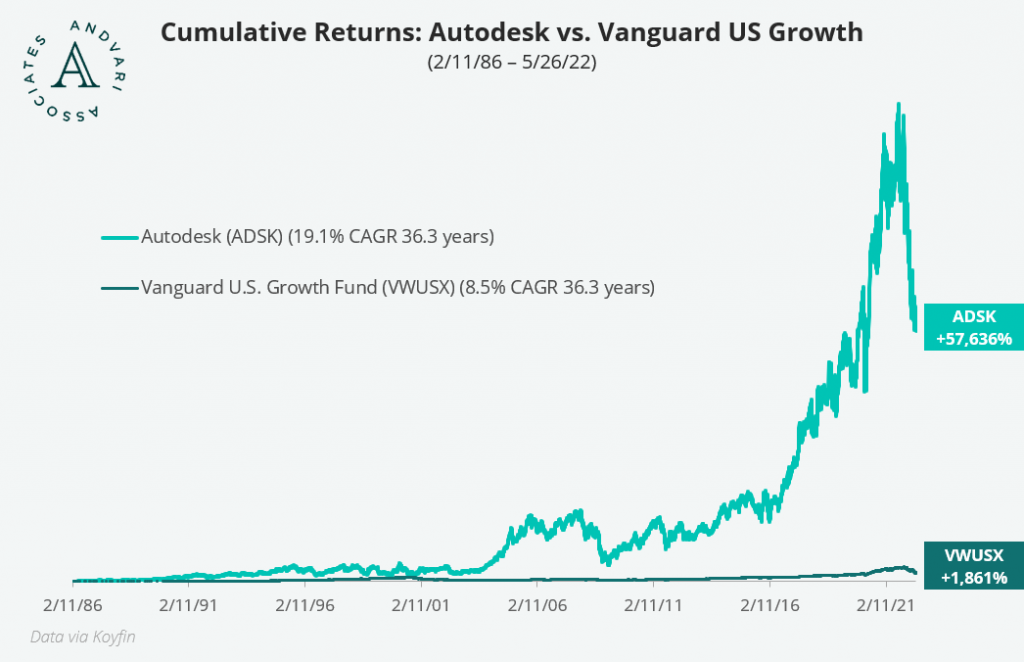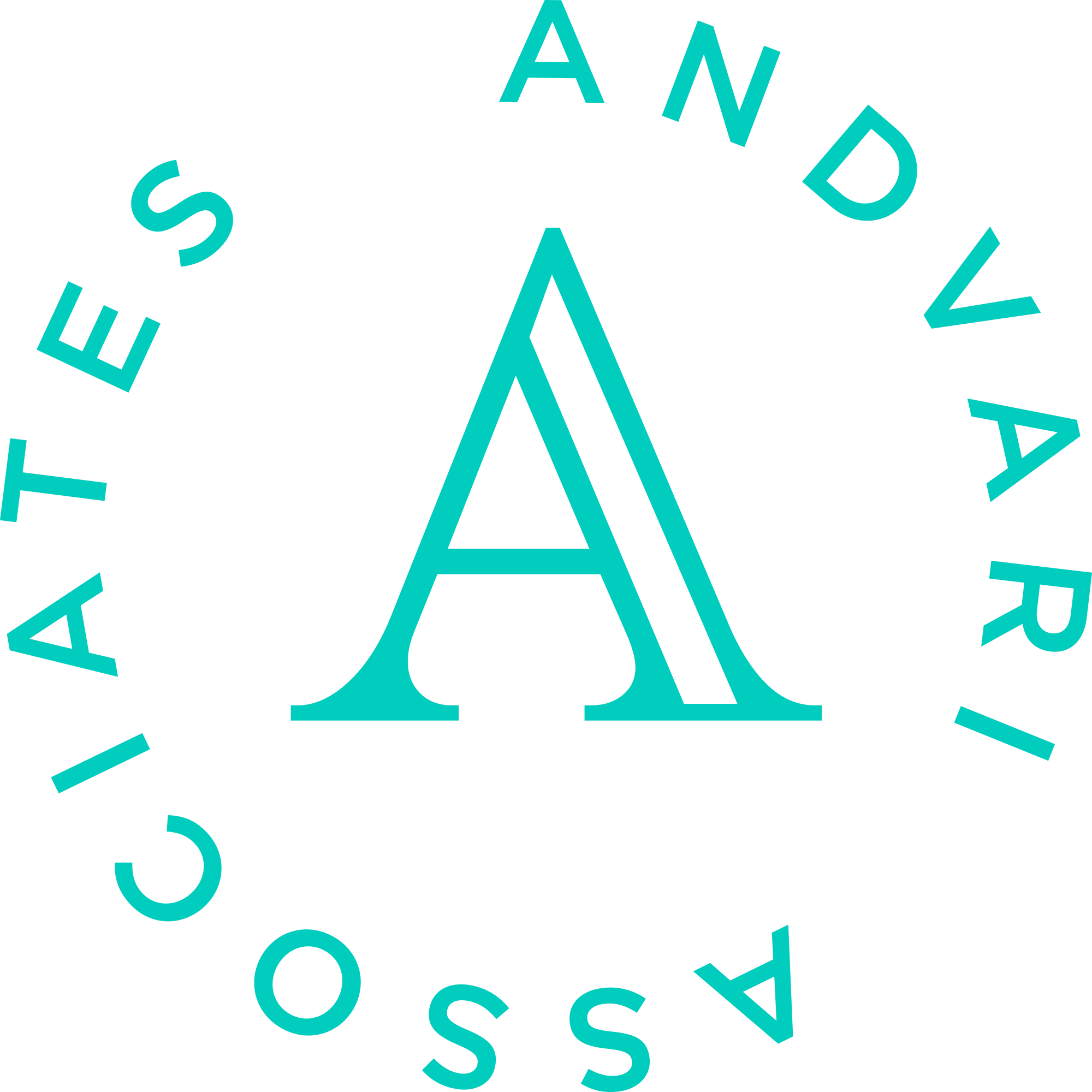In the previous bi-weekly, Andvari shared our observations from a few rare interviews of Autodesk co-founder Dan Drake. This week, Andvari shares highlights from another Autodesk co-founder—and likely the most prolific and outspoken of the founders—John Walker. Although Autodesk had over a dozen initial co-founders, it is John Walker that set things in motion in the early 1980s that would lead to a company that is now worth over $40 billion.
Thankfully, Walker (and others) kept the many letters and documents they wrote during the early years of Autodesk. This corporate and technical archive is available for free as The Autodesk File on John Walker’s website. As the most frequent author of the documents contained in the File, it is clearly Walker that had the greatest ambition and vision that a group techies could strike it rich at the particular moment in time.
ALMOST LIKE COUNTERFEITING
In addition to being an extraordinarily intelligent human with huge ambition, Walker also had a gift for writing and a good sense of humor. In January 1982, Walker writes "Information Letter 1" to go over the business opportunity their newly formed group had in front of it:
"I think that we're at an absolutely unprecedented juncture of history. I can’t think of any time in the entire human experience when so much opportunity existed for technical people, opportunity which they could participate in with very limited risk. Most great business opportunities have required far greater infusions of start up capital which was consumed just paying for physical plant before anything was made to sell. Our products are created by almost pure mental effort, and are manufactured on trivially cheap equipment at a tiny fraction of their wholesale cost. It’s almost like counterfeiting, but legal."
Walker nails the most attractive feature of the software business on the head. Even back then, when computing power was eve more expensive than today, little capital was needed to start up a software business. Secondly, the cost of "manufacturing" a completed software program is super cheap. A software company like Autodesk could, and did, achieve enormous growth with high margins.
AMBITION AND VISION
Walker also had an intuitive sense of how intelligence and hard work in the form of software could be leveraged by the proliferation of cheap personal computers. It was impossible for him to ignore the obvious potential for wealth creation.
"The potential rewards of this business, which is the field that you and I are technically proficient in, almost compel one to participate on an equity basis. There's almost no salary that's enough to reward one for giving up his seat at this cosmic money gusher."
Walker successfully convinced over a dozen programmers to become founders of Autodesk. In the early days, it was more of a collective of programmers working on five different projects. One of the projects was AutoCAD, a computer aided drawing program for architects that could be installed on a personal computer. After making a splash at the 1982 Fall COMDEX (one of the largest computer trade shows in the world at the time), AutoCAD quickly grew in popularity.

KIBBLE TIME
By June 1983, AutoCAD had grown so quickly that Walker penned a "crisis letter" to the group of Autodesk founders, most of whom had full time jobs elsewhere. Walker implored that it was now the moment for people to devote all of their attention to making Autodesk a success.
"This is the time to take that leave of absence from the foundry and work for Autodesk. Spend that long awaited vacation in front of the terminal. This is the time to tell the boss you've got cholera and take a month off. Let the plants die, leave the dog with a 55 gallon barrel of kibble and work around the clock for Autodesk. If you have skills as a programmer, use them—if you need any resources, machines, peripherals, software tools, coercion, let me know and they will be provided."
This passage illustrates the importance of having a leader with skin in the game that can also inspire (or cajole) people to dig deep to make the company as successful as possible. Andvari always looks for companies with leadership like this.
PRODUCT MARKET FIT
Thankfully, Walker was able to convince everyone to devote more time to the company. Sales of AutoCAD would be growing 30% month over month at the end of 1983. In “Information Letter 11” in 1984, Walker reminds everyone why they’ve done well so far.
"We've done so well because we created a product which fills a basic need. This is a product which excites people by its very existence. It's fun to use, and it lets people do work they couldn't otherwise do without spending hours of tedious labour. This product has put in the hands of the individual and small company the power which previously was only available to large companies—which contributes to leveling the playing field and eliminating advantages of scale."
ANDVARI TAKEAWAY
Although Autodesk is now a vastly different and much larger company now versus its first 10 years of existence, studying its history is worth the time. We learn again the important lessons of what it takes to start a business and the trials and tribulations as it grows rapidly. There are several lessons we believe are timeless and universal. First, true wealth creation is possible only through owning a stake in a growing business. Second, the window to take advantage of a business opportunity can be fleeting and as such, it’s a requirement to focus all of your time and effort on the opportunity.
Finally, success will find its way to those who create a product that fills a basic need. As if channeling Charlie Munger, Walker wrote in 1984 (emphasis Andvari's): "Buying anything, but especially something as intangible as a computer program, involves putting your trust in the person who's selling it. If we continue to deserve that trust, we'll do very well, indeed."

_________
_________
IMPORTANT DISCLOSURE AND DISCLAIMERS
Investment strategies managed by Andvari Associates LLC ("Andvari") may have a position in the securities or assets discussed in this article. At the time of publication of this blog, Andvari clients had no position in Autodesk. Andvari may re-evaluate its holdings in any mentioned securities and may buy, sell or cover certain positions without notice.
This document and the information contained herein are for educational and informational purposes only and do not constitute, and should not be construed as, an offer to sell, or a solicitation of an offer to buy, any securities or related financial instruments. This document contains information and views as of the date indicated and such information and views are subject to change without notice. Andvari has no duty or obligation to update the information contained herein. Past investment performance is not an indication of future results. Full Disclaimer.
© 2021 Andvari Associates LLC



